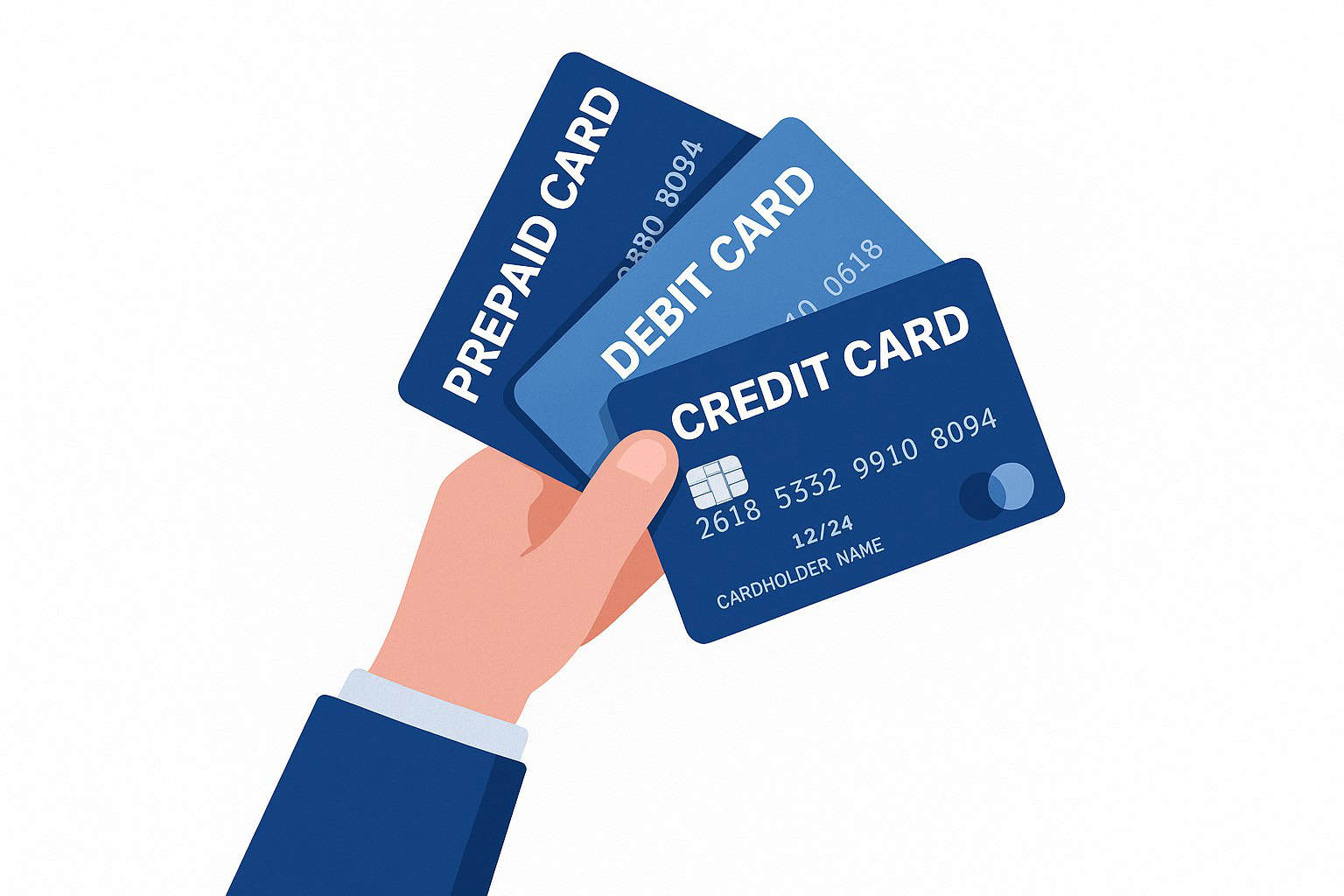Running a compliant surcharge program in Canada isn’t just about adding a fee – it’s about applying the right fee, only where allowed. Between card types, processing methods, and surcharge rules, it’s easy to get confused. This article breaks it all down: who you can surcharge, what rate you can apply, and how to stay compliant no matter the payment type.
Credit Card Surcharging in Canada: The Basics
Let’s start with the core rule: you can only surcharge credit cards, and you can only apply up to 2.4%. This rate must be:
- Fixed and consistent (no variation based on card type or transaction)
- Applied only to eligible credit cards (Visa, Mastercard, Amex, Discover)
- Clearly disclosed before payment
- Not higher than your average cost of acceptance
Once your surcharge rate is set at 2.4%, it must stay fixed. You can’t charge one customer 2% and another 2.4% depending on the card used. Everyone paying by credit card sees the same additional fee.
What About the Cost of Acceptance?
You might be wondering:
What if the cost to accept the card is only 2.0%, isn’t 2.4% too much?
In most cases, it’s still compliant. The 2.4% cap exists to prevent overcharging, but you don’t have to match the exact cost of each transaction. Instead, you must ensure that your blended average cost to accept credit cards justifies the surcharge.
What if the card costs more than 2.4%, like Amex or World Elite Mastercard?
You still only charge the customer 2.4%. If the real cost is 2.6%, you cover the 0.2% difference. That’s part of the tradeoff. For most merchants with a healthy card mix, the average falls below 2.4%. But if you only see premium or international cards, it’s possible your effective cost will exceed the cap, meaning you’ll still pay a small portion.
That’s why it’s crucial to work with a processor who can assess your rates and help you set a surcharge that’s both compliant and cost-effective.
Card-Present vs. Card-Not-Present
The way the card is processed matters too:
- Card-present means the card was physically tapped, inserted, or swiped in-person, these are typically lower-risk, lower-cost transactions.
- Card-not-present includes online payments, phone transactions, and manual entry – these carry higher risk and processing costs.
Regardless of the method, you still apply the same surcharge rate (e.g., 2.4%) on eligible credit card transactions.
Surcharge Rules by card Type
Not all plastic is created equal. The following is a breakdown of exactly what you can and can’t surcharge.
| Card Type | Surcharge Allowed? | Notes |
| Visa Credit | Yes | Up to 2.4% |
| Mastercard Credit | Yes | Up to 2.4% |
| Amex | Yes | Up to 2.4% |
| Discover | Yes | Follows same rules as Visa/Mastercard |
| Visa Debit | No | Routed as debit in Canada, even if it looks like credit |
| Mastercard Debit | No | Same rules as Visa Debit |
| Interac Debit | No | Canada’s domestic debit system |
| Prepaid Visa/Mastercard | No | Treated as debit |
Note on Visa Debit:
In Canada, Visa Debit may resemble a credit card, but when paying it routes through debit rails, meaning it cannot be surcharged. A compliant system will automatically detect and exempt these payments.
Why You Need a Flat Surcharge Rate
You might think it’s fairer to vary the surcharge based on the card’s actual cost, but that’s against the regulations established by Visa and Mastercard in 2023.
Visa and Mastercard require that:
- The fee does not vary by card type
- It’s applied only to credit
- It’s clearly disclosed before payment
- It doesn’t exceed your effective average cost of credit acceptance (and never more than 2.4% in Canada)
This means you don’t need to, and shouldn’t, adjust the fee depending on whether the customer pays with a no-fee Visa or a high-tier Amex. The fee stays the same. That consistency is what keeps you compliant.
What About Interac and E-Transfer?
Interac Debit can’t be surcharged. Our system detects this and excludes the fee automatically, removing an extra step from your end.
E-transfers, on the other hand, are outside of card processing altogether. If a customer sends you an Interac e-transfer, it’s none surchargeable and would be accepted as you do now.
How a Good Surcharge System Does the Work for You
Worried about charging the wrong card? That’s why automation matters.
A good surcharge system will:
- Automatically detect credit vs. debit (including Visa Debit)
- Apply surcharge only when allowed
- Cap the fee at 2.4% no matter the card
- Display the fee before payment
- Handle backend reporting for compliance
- Have it as a separate line item on the receipt
This means you’re not manually checking cards or second-guessing every transaction. The system keeps you protected.
Why Does it Matter?
Surcharge in Canada is a powerful way to reduce processing fees, but only if done right.
You can charge up to 2.4%, on credit cards only, and that rate must stay consistent. Debit cards (including Visa Debit, Mastercard Debit, Interac, and prepaid cards) are never eligible, and high-tier credit cards that exceed 2.4% will still leave a small cost on your end.
That’s why setup matters, and why automation is your best friend.
If you’re looking to pass fees without the headache, Rescue Payments can help you implement a compliant program that handles the details for you, seamlessly.
No risk. No guesswork. Just a smarter way to stop paying fees on credit card payments.

